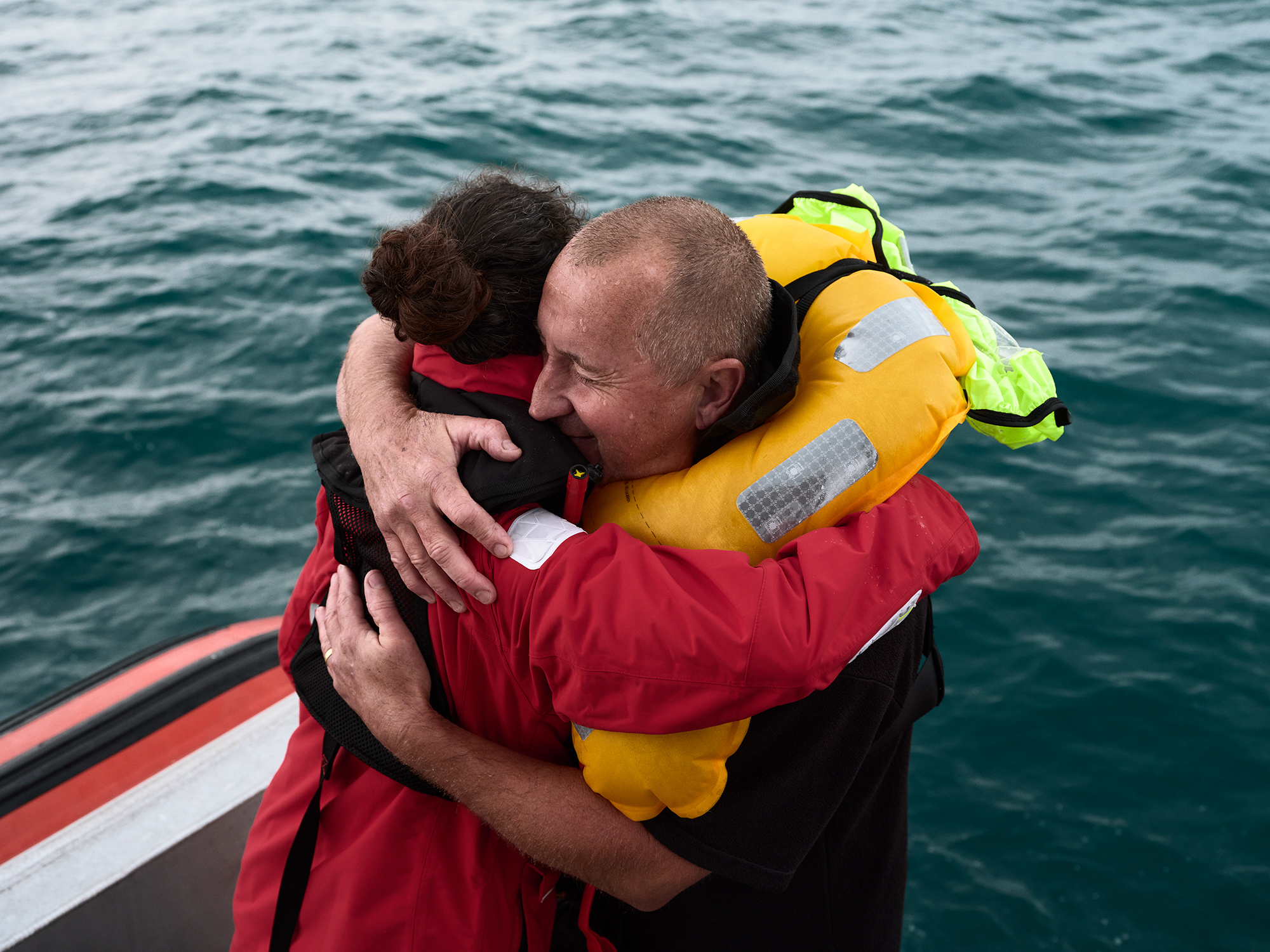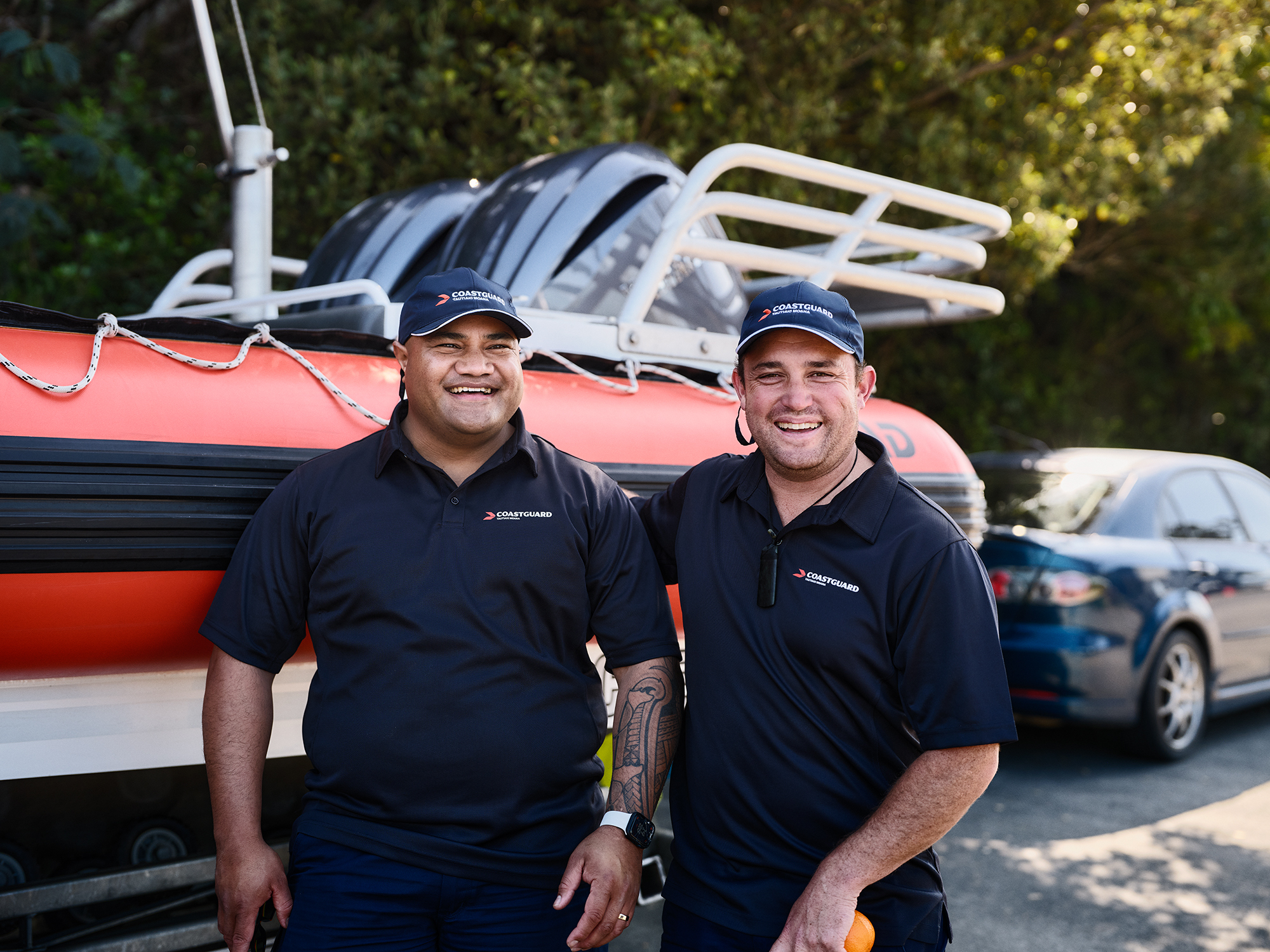It is less messy than bait fishing and means you don’t have to worry about what’s in the freezer. Nor do you have to worry if the tackle shop will be open to buy some pillies if you happen to plan a last minute fishing trip somewhere. It’s easy to keep a few packets of tails and jig heads in the tackle box ready and waiting for the next excursion.
This article will focus on the gear used for softbaiting as not every kind of rod and reel will do a good job of working softbaits and enticing the fish to bite. Some people prefer spinning rod and reel outfits while others gravitate to the overhead rod and reel set ups. There are pros and cons for both styles depending on what kind of softbaiting you are doing.
Head over to our mates at Marine Deals for the best range of softbaiting rods, reels, bait and gear - they've got everything you need to get set up or upgrade your kit.

You will find either an overhead or spinning reel outfit will suit your needs, depending on what species and where you plan to fish, so decide these details first before going to buy.
For either outfit, consider what kind of fish you are wanting to target and what places you are planning to fish. Braid is really the only choice of line instead of monofilament as braid is thinner for the same strength and doesn’t stretch. This means softbaits are worked best and any nibble or mouthing of the lure can be almost instantly felt and responded to.
Deeper water (60 metres+) will usually require heavier line as will larger species or rougher terrain. Places with heavy current and mussel beds (like the Graveyard at the Kaipara Harbour) is best fished with heavier braid – say 5-8kg. Places like the Hauraki Gulf’s open areas where work ups materialise are best fished with 3-4kg line.
Overall, 4kg braid is a good all round strength to use. The next task is to a reel / rod outfit that suits that line class. A reel that can hold 300M of 4kg braid is a good sized reel, with a max drag of 6kg or more. Because braid can be expensive (but won’t degrade like monofilament in the sun) fishers will either splash out and buy 300M’s of line or buy 150M’s and load some cheap monofilament first, before winding on the 150M spool. Don’t forget that when it starts to fray and get damaged, you can go to the tackle store and ask them to remove the line and ‘rotate it’ so the fresh line at the bottom of the spool can be swapped around so that it is sitting at the top of the spool. This saves money and you can get quite a few years of use out of one spool of line.
Choosing a rod to match the style of reel is the next step, but now that we have chosen our line and know what size reel we need, it is usually fairly easy to choose a suitable rod to match the reel.



